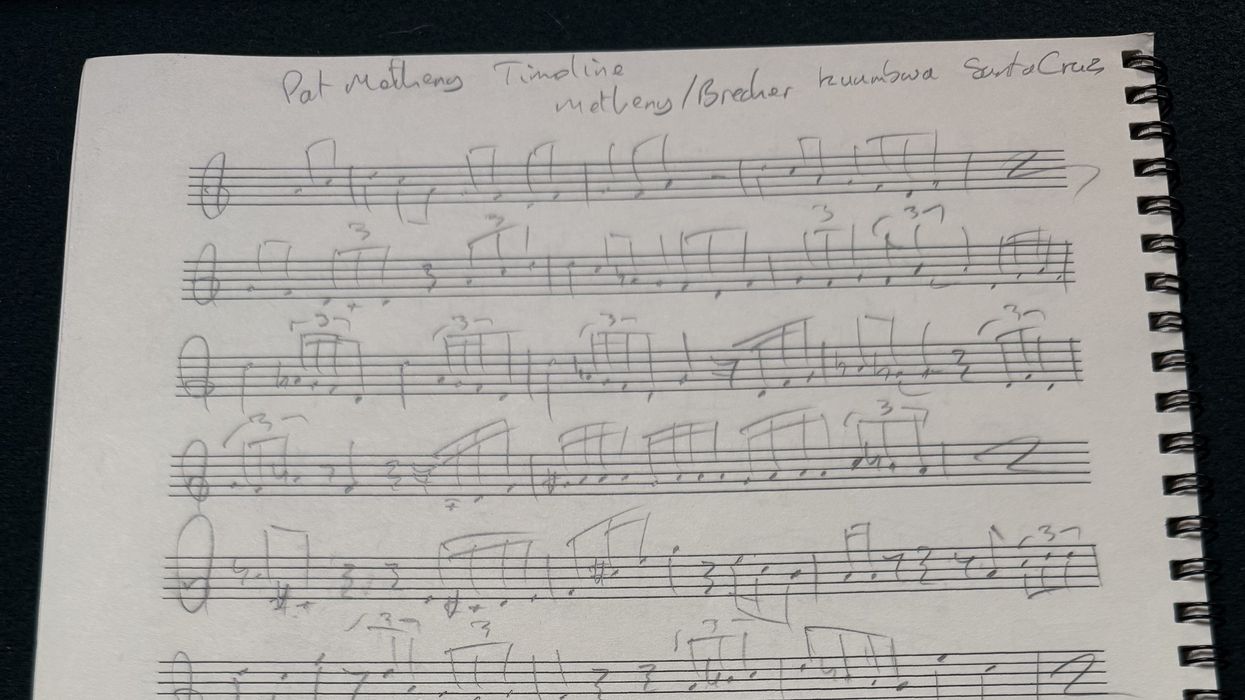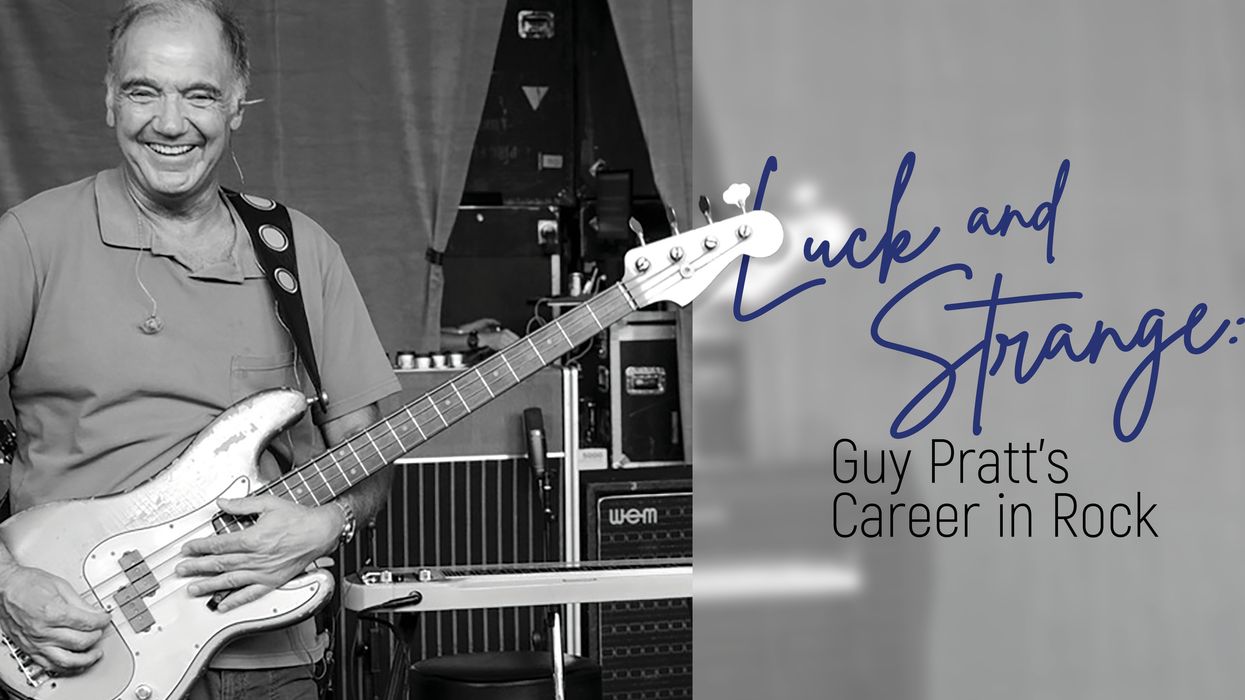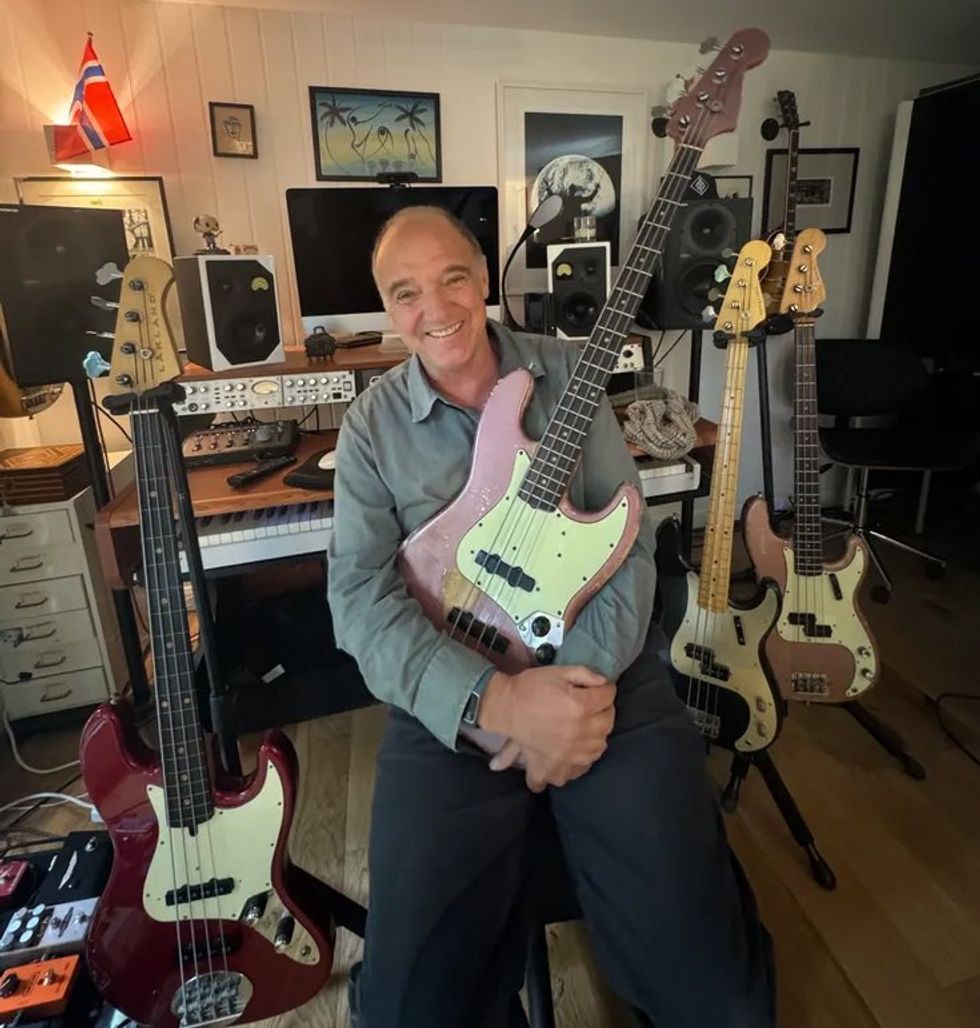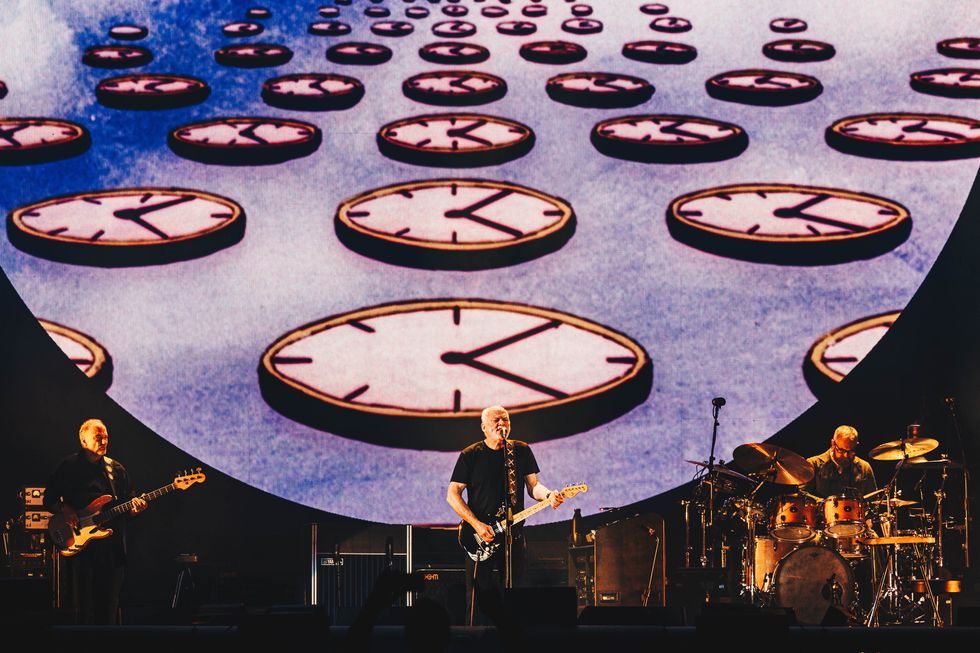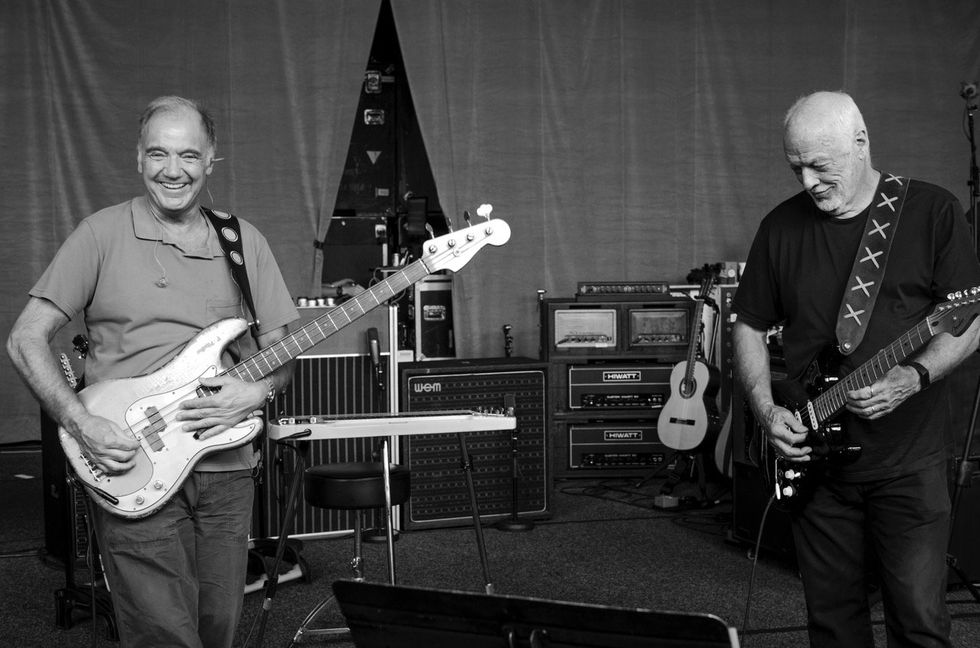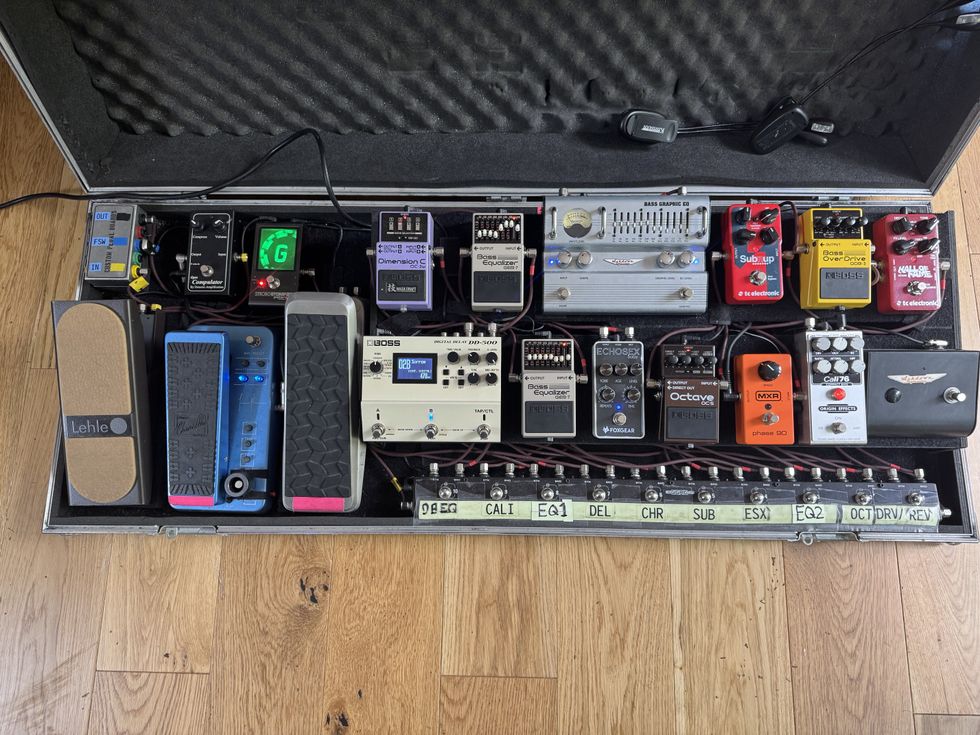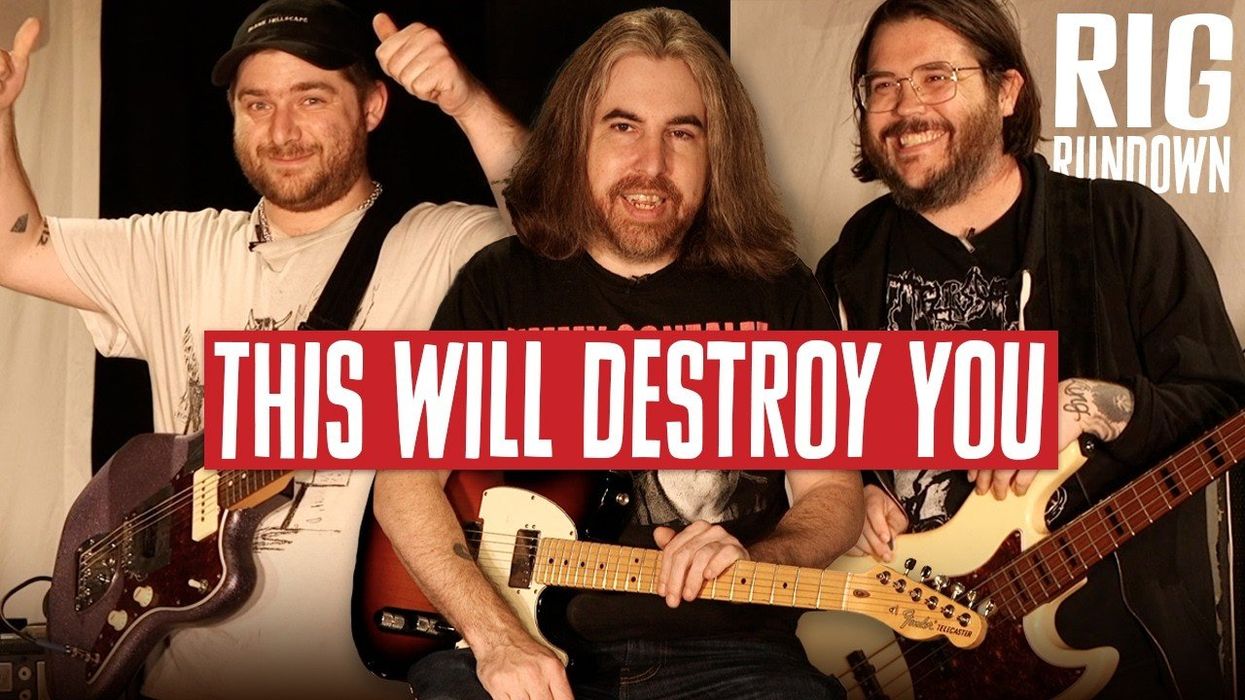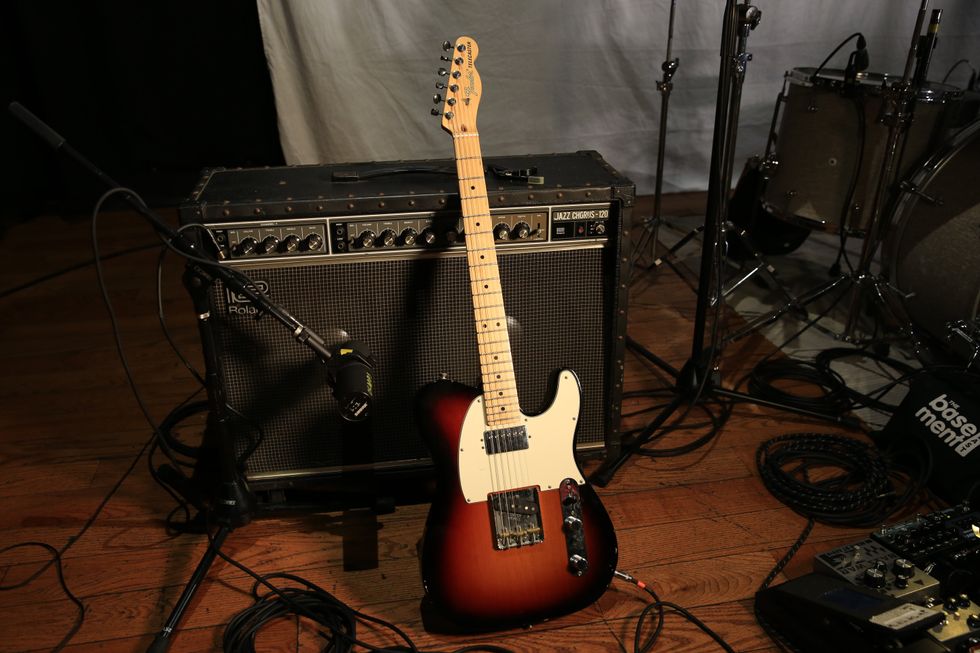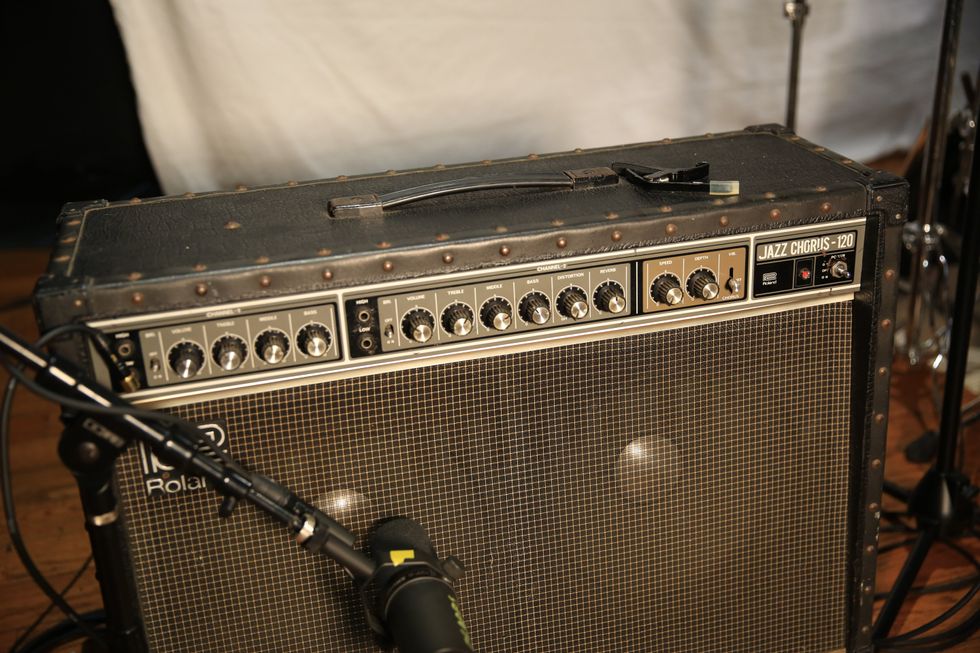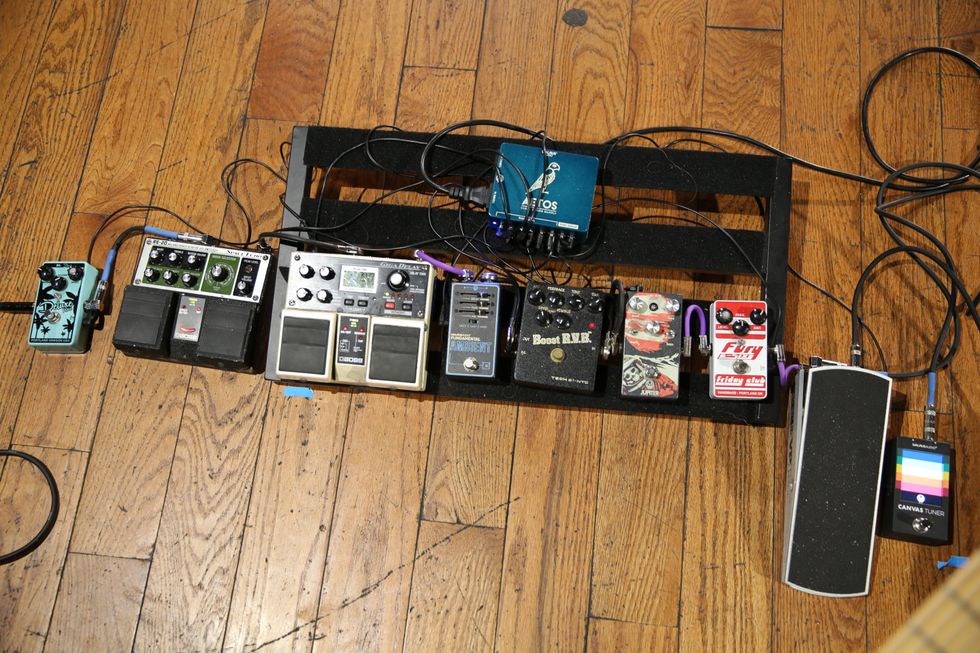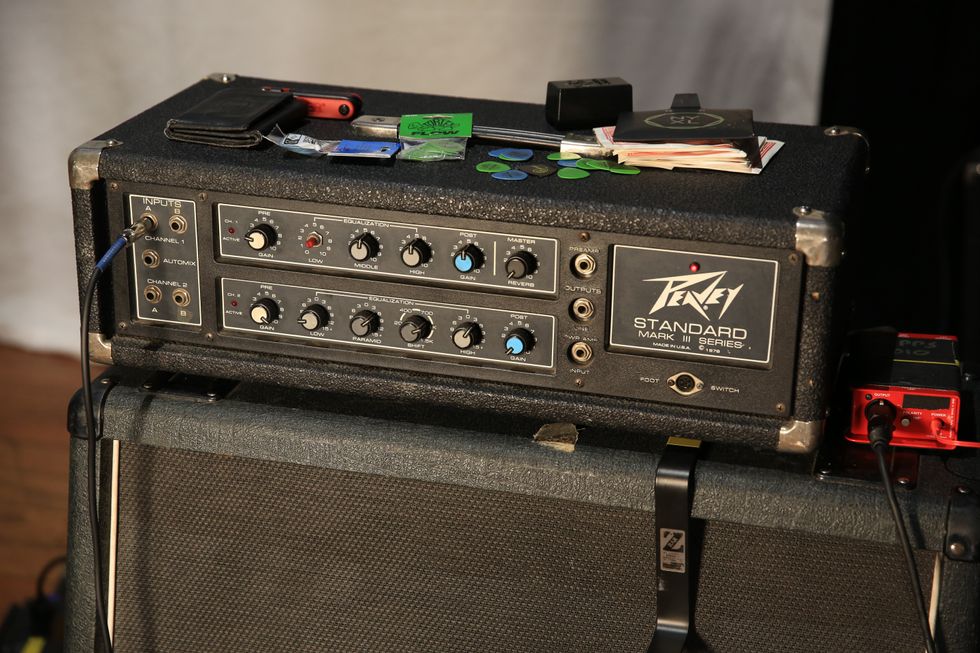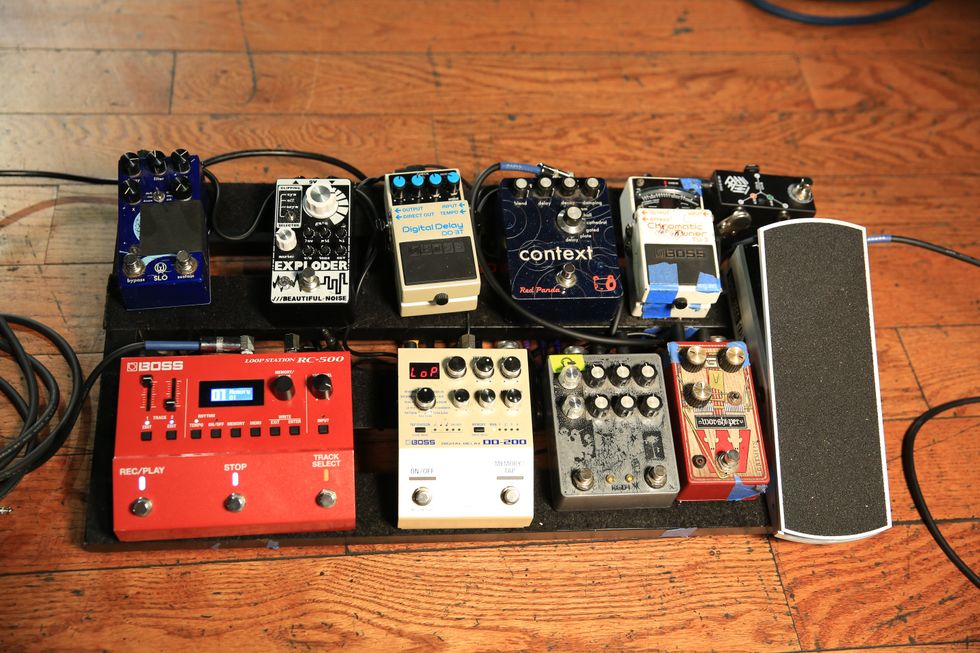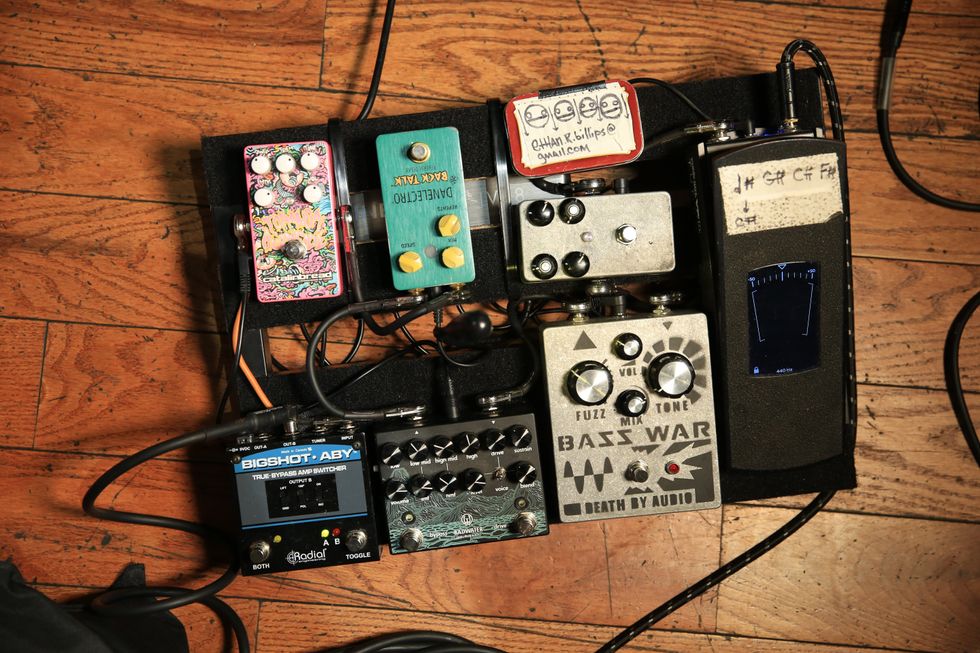From Jaco to John Paul Jones, from Geddy Lee to Flea, and from Marcus Miller to Larry Graham, the J-bass formula is omnipresent in music history. Sometimes, however, that formula needs tweaking to get you where you want to be tonally. Swapping in a new set of J-style pickups like the 10 we’ve gathered here could very well be your ticket.
JC 4 AL

This single-coil replacement set balances the woody low-mid growl and warm midrange of ’60s J pickups with the funky twang of ’70s J pickups.
JB71
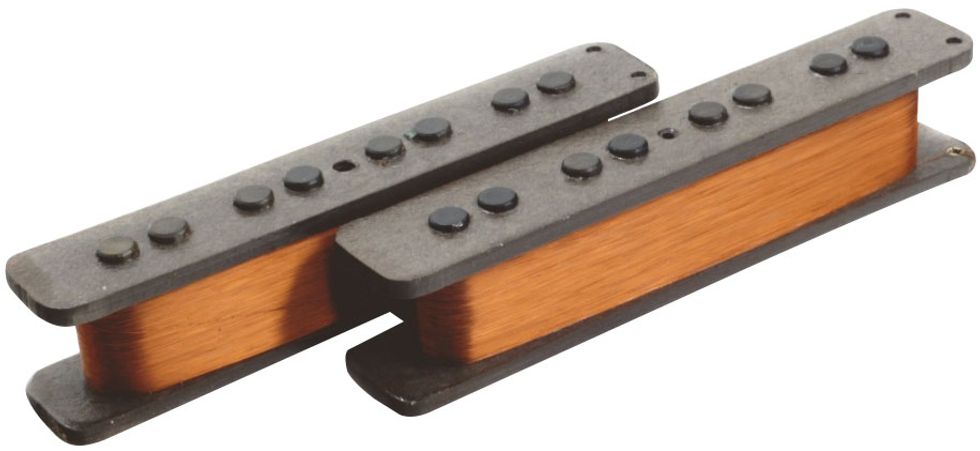
Reminiscent of ’70s J-bass sounds from Marcus Miller, these pickups are reported to offer a tone that’s lighter and airier than ’60s examples.
Area J
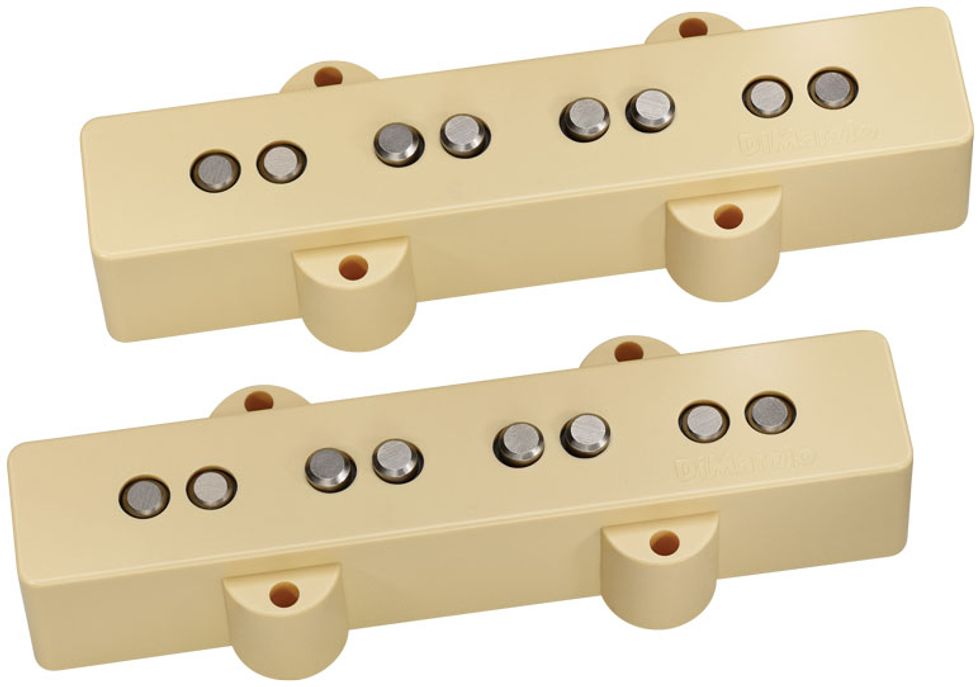
For those after a vintage-J sound, without the usual-suspect hum, this set was designed for a focused attack with clear and clean lows, and open-sounding and smooth highs.
Weather Report

Inspired by the pickups Seymour Duncan created for Jaco, this alnico-5 set promises pronounced harmonic overtones without giving up treble response.
AG 4J-60
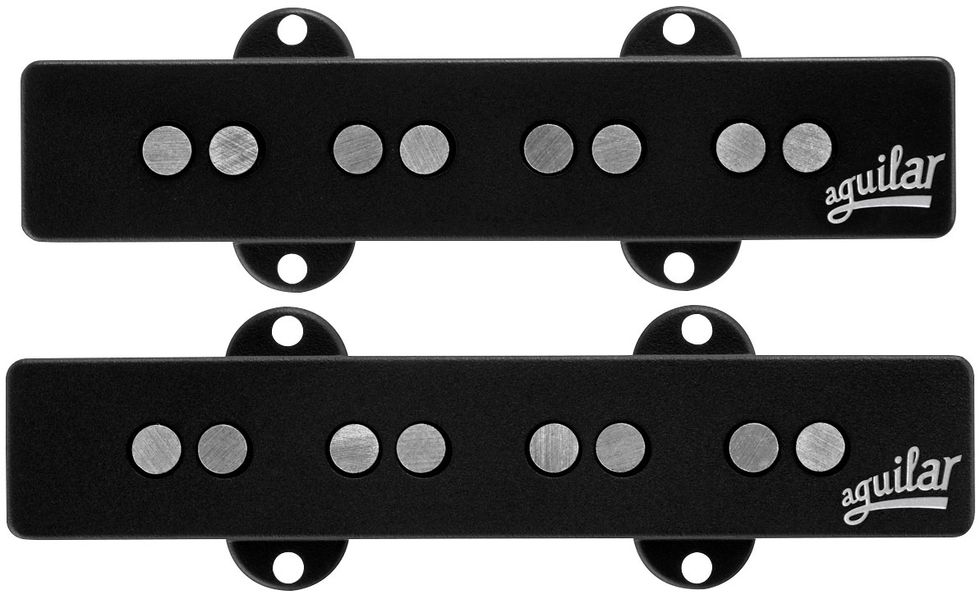
Modeled after a set of mid-’60s Jazz pickups, this alnico 5 pair uses period-correct parts and a proprietary winding pattern meant to provide impressive string-to-string consistency.
J-Style Bass

Designed to maintain authentic Jazz-bass tone and character without fear of single-coil hum, these double-blade pickups will fit traditional J-style basses without the need to mod.
NJ4SV Vintage Hum-Cancelling
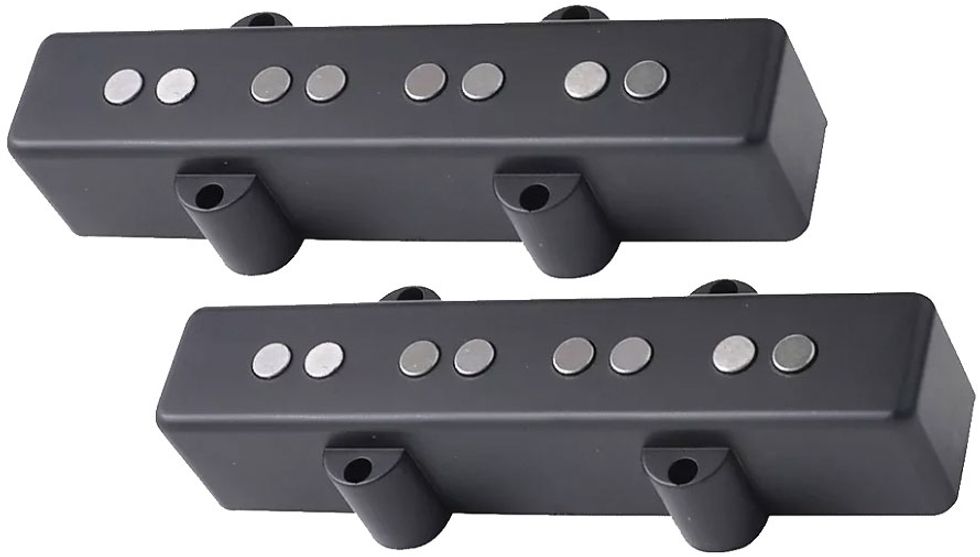
These alnico 5 pickups have laser-cut bobbins, are wax potted to contain unruly frequencies, and were designed to provide a full bottom end to complement their growl.
’60 PE J-Bass
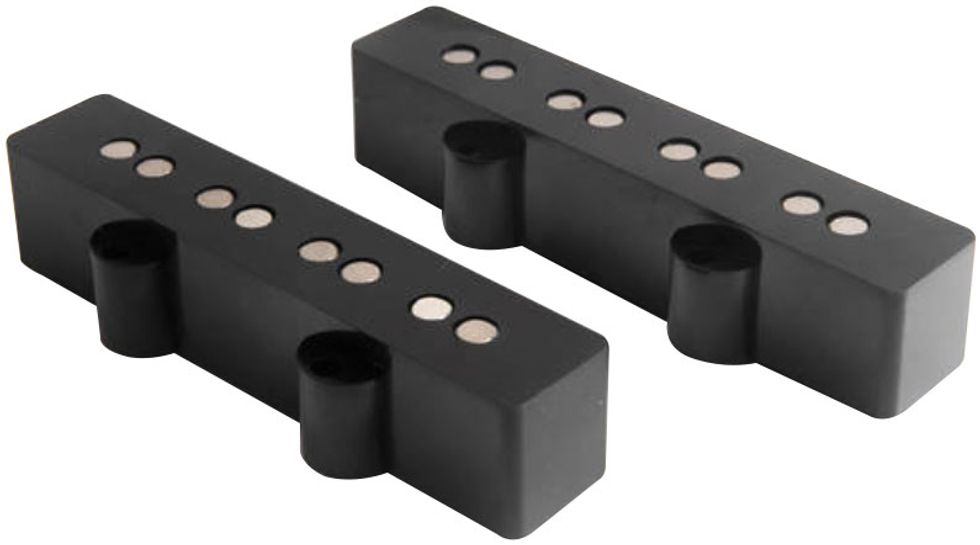
Handwound with 42AWG plain enamel wire, which is accurate to late-’60s J-bass coils, this set boasts a defined bottom end, punchy mids, and clear highs.
Jazz Bass Vintage
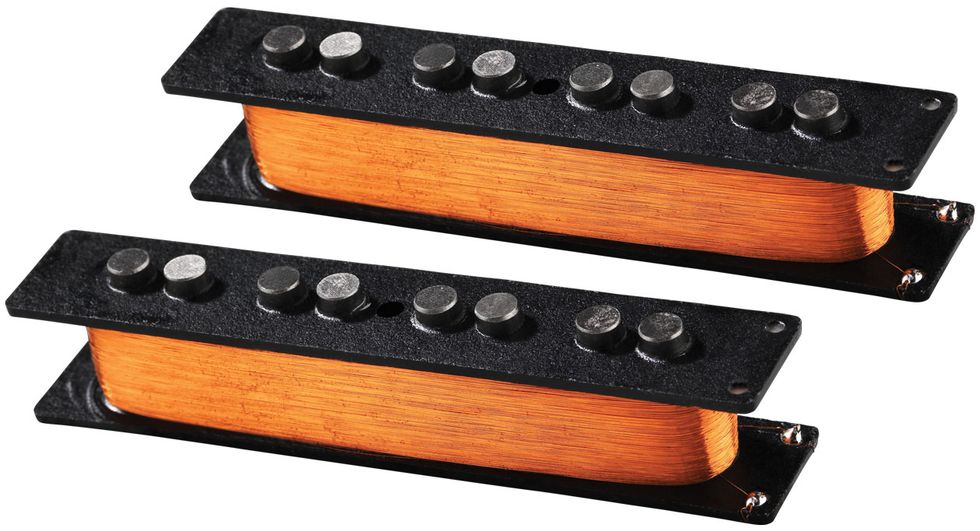
Designed to deliver classic, warm bass sound, these pickups feature hand-beveled and treated magnets, and bobbins made of vulcanized rubber.






![Rig Rundown: AFI [2025]](https://www.premierguitar.com/media-library/youtube.jpg?id=62064741&width=1245&height=700&quality=70&coordinates=0%2C0%2C0%2C0)












 Shop Scott's Rig
Shop Scott's Rig




![Devon Eisenbarger [Katy Perry] Rig Rundown](https://www.premierguitar.com/media-library/youtube.jpg?id=61774583&width=1245&height=700&quality=70&coordinates=0%2C0%2C0%2C0)
